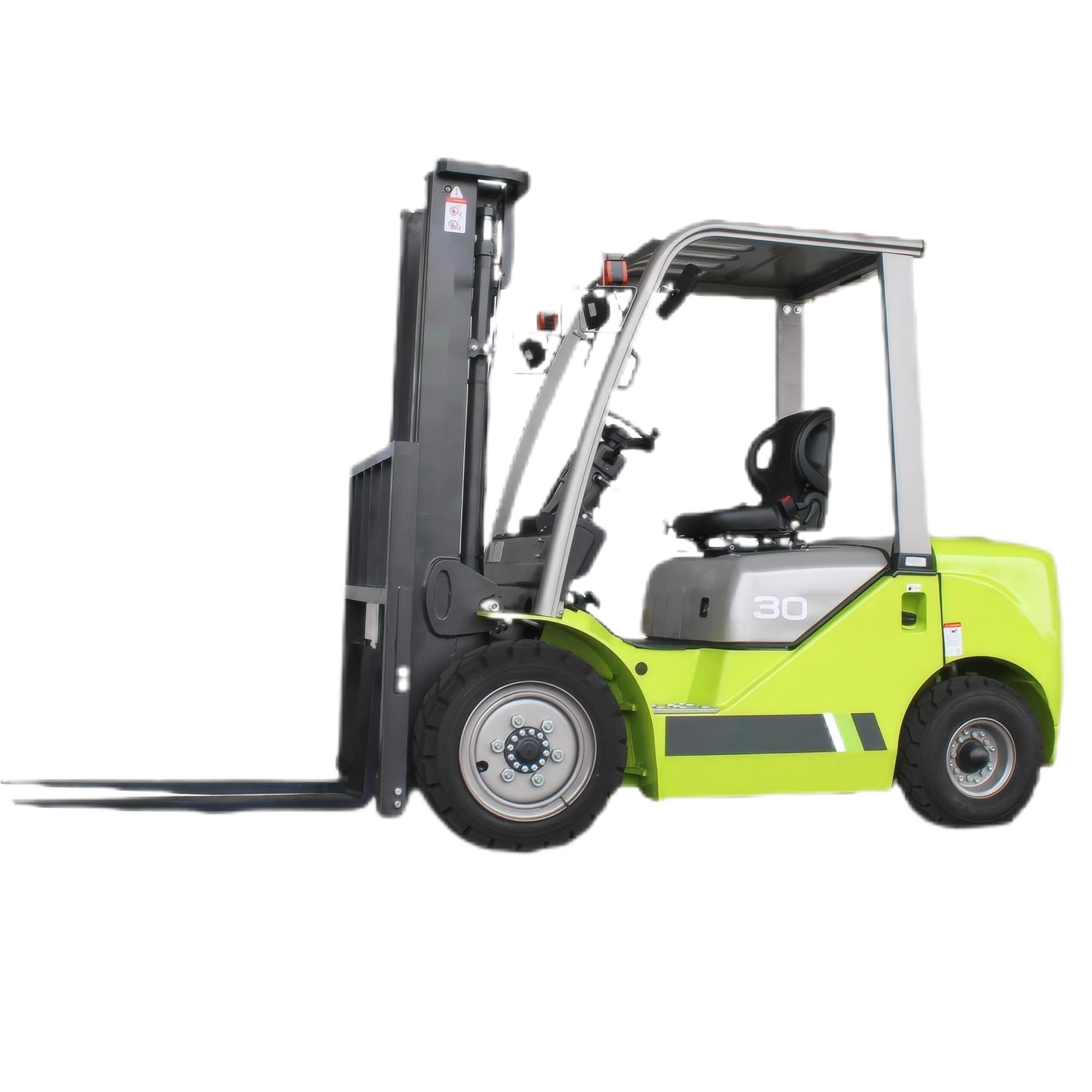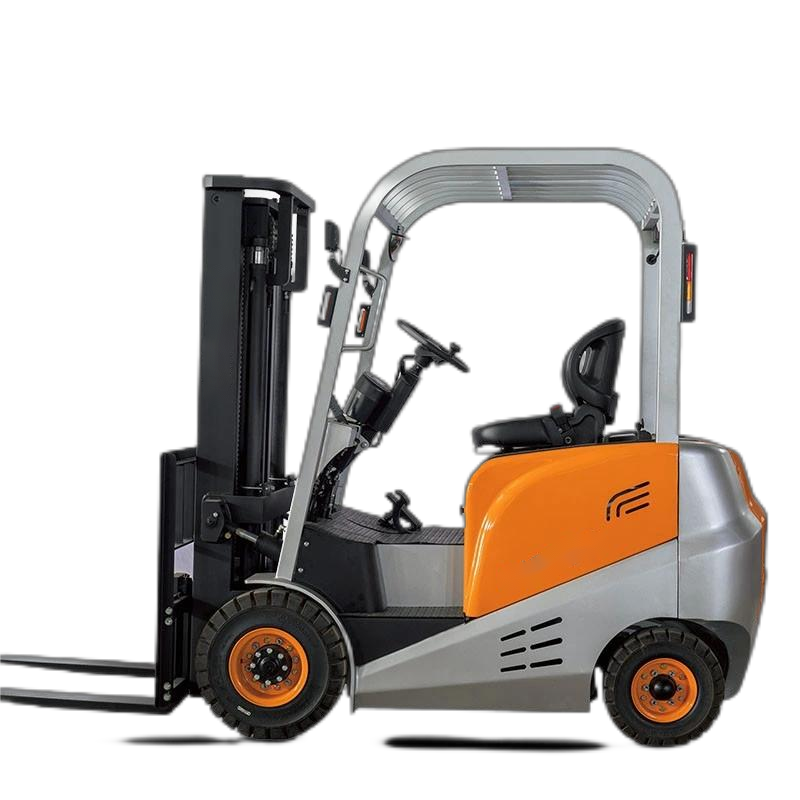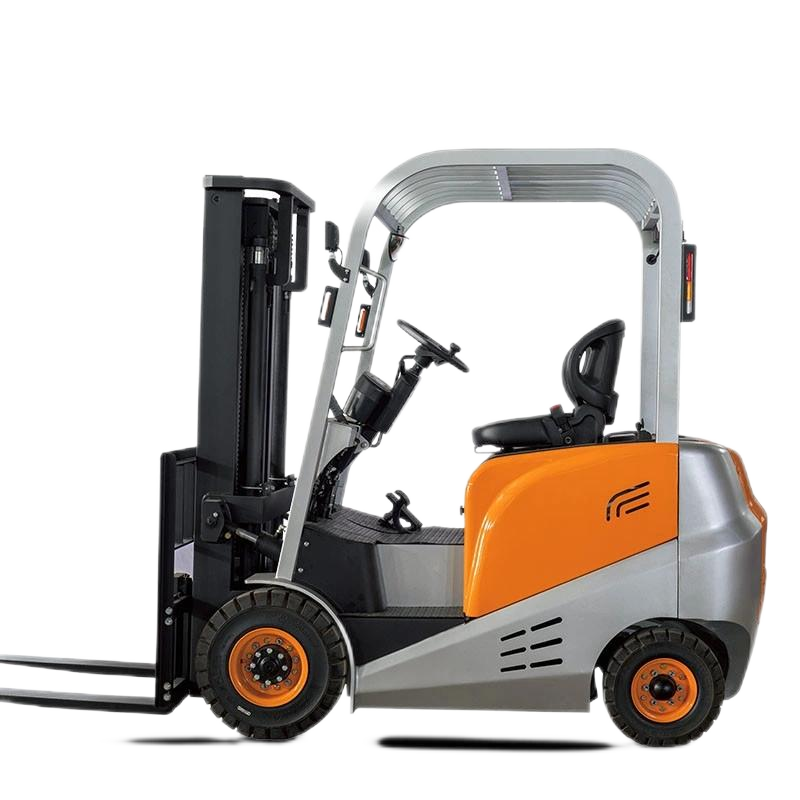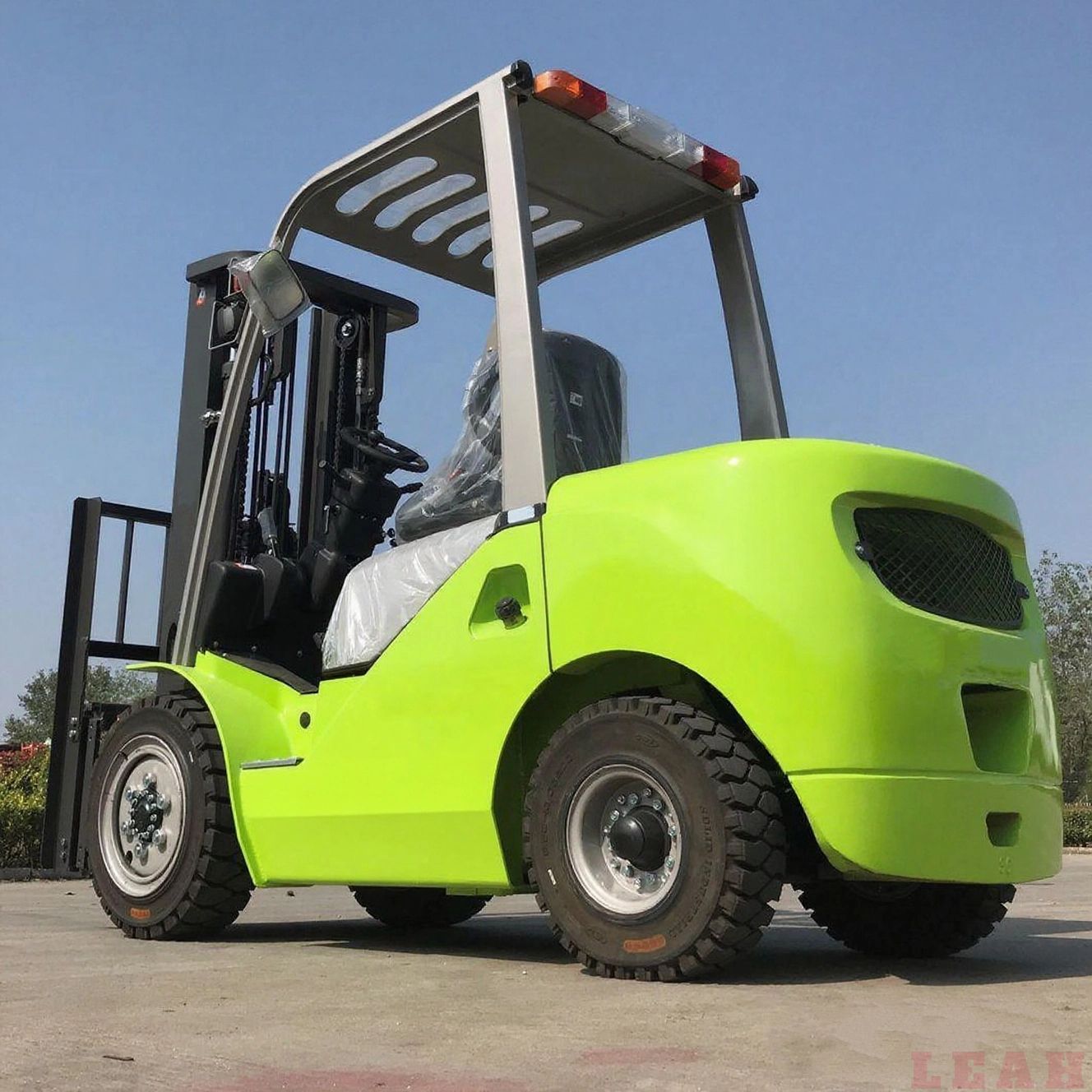To become an excellent loader operator, it is crucial to master the correct operating techniques. The correct operation methods of loaders can be summarized as: one light touch, two stable operations, three separations, four diligences, five coordinations, and six prohibitions.
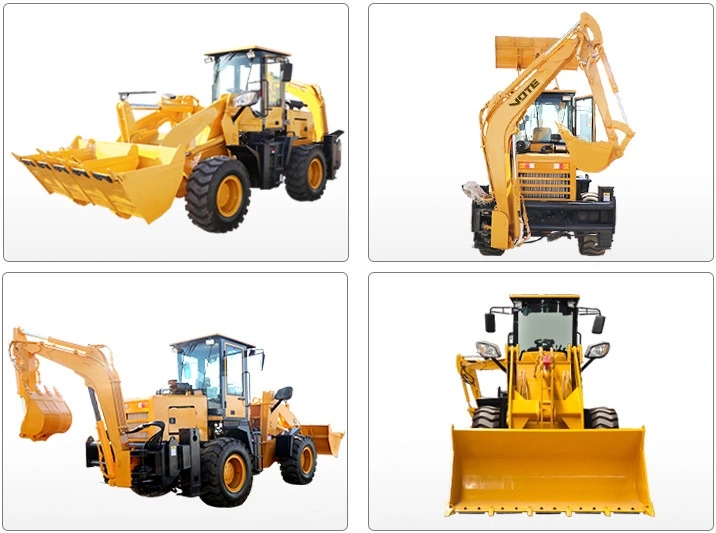
"One light touch" means that when the loader is in operation, the heel should be pressed against the floor of the cab, the sole of the foot should be kept parallel to the accelerator pedal, and the accelerator pedal should be pressed gently. This can make the power output of the loader more stable and avoid damaging the machine due to sudden acceleration.
"Two stable operations" indicates that when the loader is working, the accelerator should always be stable. Under normal operating conditions, the throttle opening should be around 70%. Stable accelerator control helps maintain the working efficiency and fuel economy of the loader.
"Three separations" requires that when the loader is operating, the feet should be separated from the brake pedal and placed flat on the floor of the cab, and should not step on the brake pedal. Loaders usually work on uneven construction sites. If the feet are always on the brake pedal, the vehicle body will move up and down, which may cause the driver to accidentally step on the brake pedal. Moreover, under normal circumstances, using the method of controlling the accelerator to decelerate to control the engine condition and shift gears not only avoids overheating of the braking system caused by frequent braking but also facilitates the rapid acceleration of the loader.
"Four diligences" means that when the loader is working, especially when the electric shovel is in operation, when the accelerator is stable, the bucket should be filled with materials by repeatedly pulling the lifting and bucket control levers. The repeated pulling of the lifting lever and the bucket lever is called "diligence." This process has a significant impact on fuel consumption. Correct operation can reduce fuel consumption while ensuring work efficiency.
"Five coordinations" emphasizes the organic coordination between the lifting and bucket control levers. The general excavation process of a loader starts with placing the bucket flat on the ground and pushing it steadily towards the material pile. When the bucket encounters resistance while shoveling the material pile horizontally, the principle of lifting the arm first and then closing the bucket should be followed. This can effectively avoid the resistance at the bottom of the bucket, thus giving full play to a greater breakthrough force.
"Six prohibitions" include: It is strictly prohibited for the tires to slip. When the loader is working and the accelerator encounters resistance, tire slippage not only increases fuel consumption but also damages the tires; It is strictly prohibited to tilt the rear wheels. Due to the large breakthrough force of the loader, if the operation is improper, the two rear wheels are likely to leave the ground. The landing inertia of the lifting action will lead to the breakage of the bucket blades and the deformation of the bucket. When the rear wheels are raised too high, it is also likely to cause cracks in the welds of the front and rear frames or even breakage of the steel plates; It is strictly prohibited to impact the material pile. When shoveling ordinary materials, the loader can operate in second gear. It is strictly prohibited to impact the material pile with inertia in a gear higher than second gear. The correct method should be to shift to first gear in a timely manner when the bucket approaches the material pile to complete a shoveling process.
In addition to mastering these operating techniques, loader operators also need to pay attention to the maintenance of the loader in their daily work. For example, before starting the loader, check whether the engine oil and water levels are sufficient, and place all operating levers in the neutral position. After passing the inspection, start the machine and let it run at a low speed, and at the same time, check whether all instruments are normal. Adhere to routine maintenance to keep the machinery in good condition at all times. When parts malfunction, they must be repaired. During the operation of the machinery, it is prohibited to perform cleaning, tightening, lubrication, adjustment, and other work. Before driving the loader, check for any obstacles and hazards around. Obstacles that affect construction in the work area must be removed in advance before starting work. Driving under the influence of alcohol is strictly prohibited. When operating the machinery, the driver must concentrate, and smoking, joking, and frolicking with others are not allowed. If the driver is ill (with a doctor's certificate), do not force the operation. It is strictly prohibited for non - drivers to drive. When the loader is driving on the road, it must strictly abide by the relevant traffic rules and decrees issued by the traffic management department, drive at a moderate speed, give way safely, and it is prohibited to coast in neutral when going downhill. In the case of hard soil, the loader is not allowed to push and shovel forcefully to avoid damaging the parts. Other machinery must be used to loosen the soil first, and then the loader can be used for work. Strictly implement the maintenance regulations. After each work session, wipe the machinery clean and check the tightness, lubrication, and adjustment of all parts. Conduct first - level maintenance every 200 - 250 working hours, check and adjust the clearances of all parts, tighten all bearings, and change the engine oil. At the end of each work shift, the machinery should be driven to a safe area, and it is not allowed to park in potholes or areas with running water. Keep operation records, and the driver can leave the post only after closing the doors and windows and locking them (in winter, the water in the machine body and small boxes should also be drained to prevent the cylinders from freezing).
The loader, the "all - around player" in construction engineering, with its long development history, exquisite working principles, wide range of application fields, and unique operating techniques, plays an irreplaceable and important role in the construction and development of modern society. Whether it is the rise of skyscrapers, the crisscrossing of roads and bridges, the exploitation and utilization of mine resources, or the protection and improvement of the environment, the loader has left a solid footprint.





